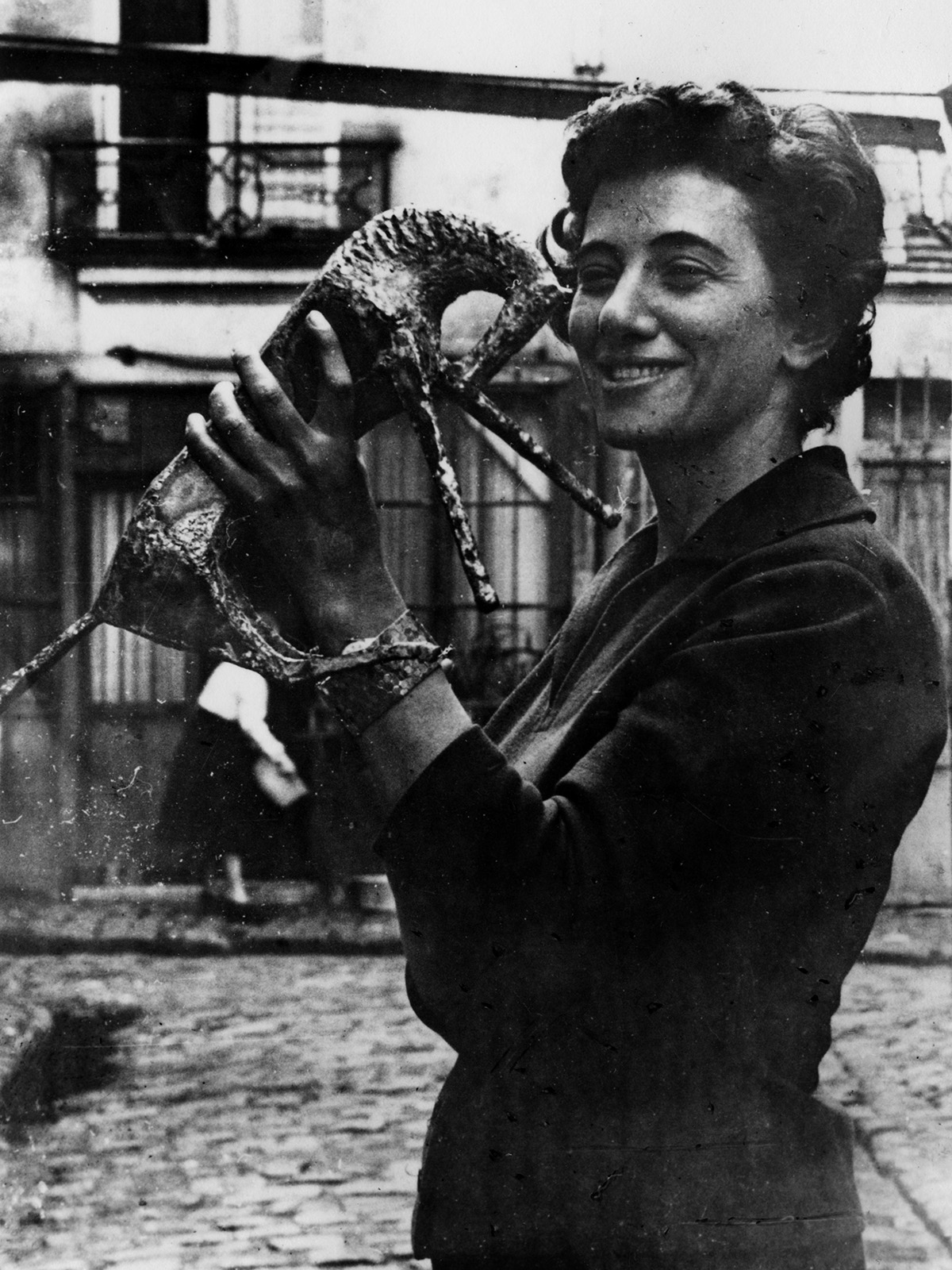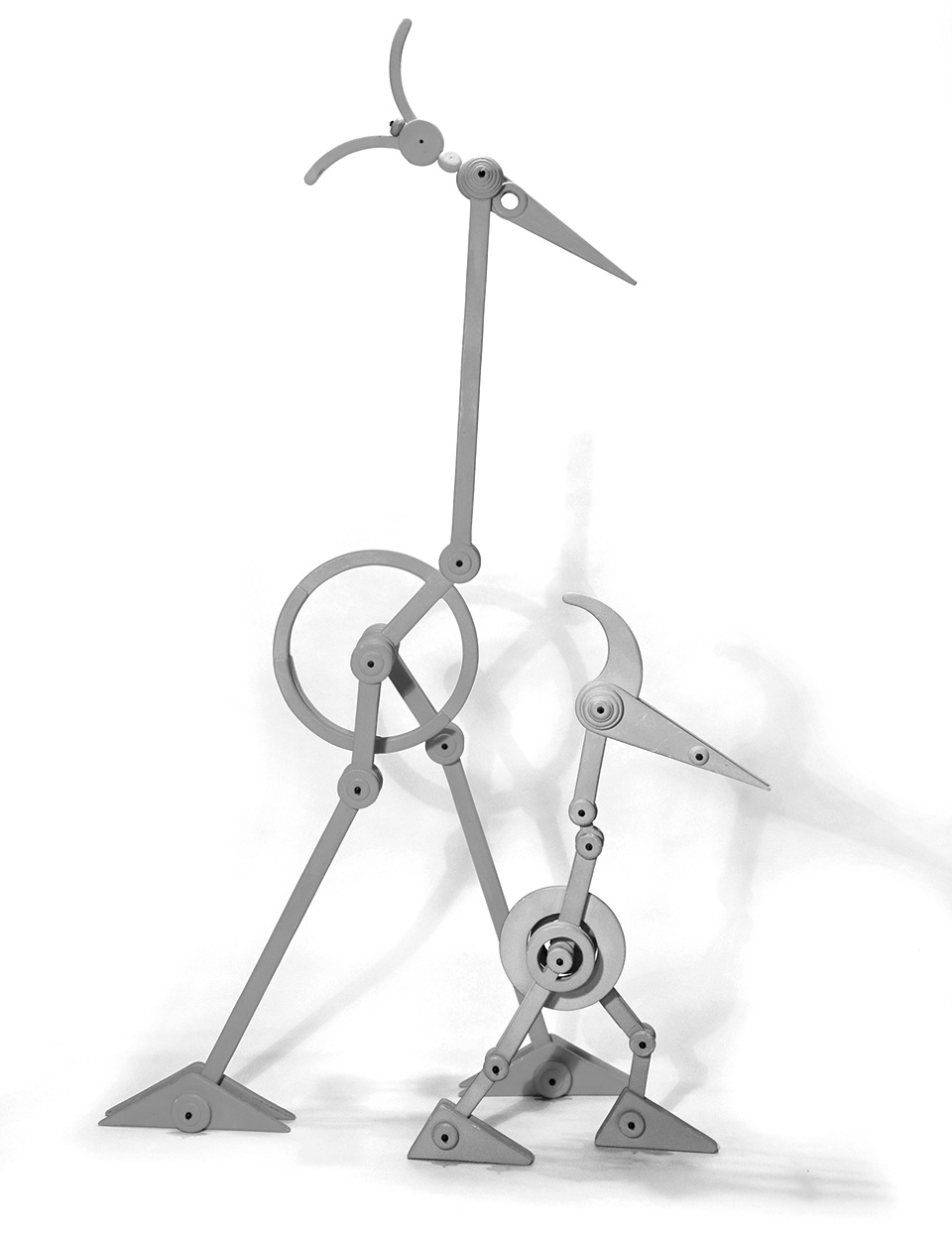
biography
Elena Guaccero was born in Bari in 1924. She attended scientific high school in Florence and the Faculty of Architecture in Rome, where she graduated in 1954. While at university, she developed her passion for painting and forged lasting friendships with figures such as the architect and urban planner Ludovico Quaroni (1911–1987) and the artists Orfeo Tamburi (1910–1994) and Massimo Campigli, the pseudonym of Max Ihlenfeldt (1895–1971).
After graduating, she returned to Bari and began her career in architecture. Her works include a number of social housing projects and the Palazzo della Rai in Bari, inaugurated in 1959. With an innovative structure and design, it is referred to as the ‘Building of 100 Windows’, as most of the façade consists of glass and aluminium.
In 1960, Elena’s life changed course – and her work as an architect was interrupted – when she married Massimiliano Rocca, a Venetian, moving with him first to Austria and then to Germany, where their two daughters were born. During this time, she began a very personal exploration of art, which she was able to realise in a more concrete fashion after her return to Italy with her family in 1970.
Her husband’s hometown of Venice became her permanent residence and, within the walls of their beautiful house at the Zattere, which she completely renovated, Elena began to give life to her creations: hundreds of silent objects, ranging from collages to wooden characters in vivid colours or geometrical figures made from recycled cardboard. After her death, one of her daughters, Anna Maria, began the task of cataloguing and archiving the works.
Elena Guaccero was a woman with a multifaceted personality able to express seemingly contrasting traits such as imagination, creativity and pragmatism. When her creative output is examined in chronological order, it is easy to identify the points at which major changes in her life occurred.
Whether as a young woman or in her final years, she produced countless paintings, collages, wooden characters and cardboard figures. In her old age, she suffered serious problems with her eyesight and had to give up working with balsa wood, which required use of a small saw. She turned to making compositions out of cardboard and adhesive tape, mostly using recycled materials.
The photos and videos on this website offer just a glimpse of Elena Guaccero’s creative output, all of which deserves to be enjoyed more widely. We hope that young people – in particular, young women – will detect in every fragment of her work the passion and tenacity with which she pursued her projects – despite living and working in a society, and with tools and materials, markedly different to today’s.
Text by Elena Cattaneo
